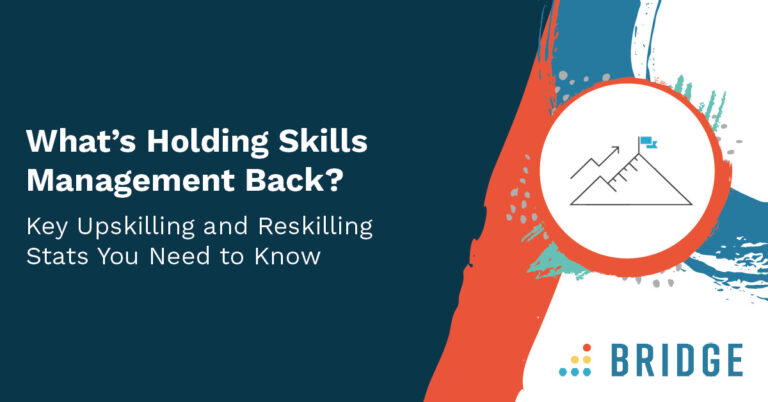A few weeks ago following Spain’s exploration of a 4 day working week, James Caan CBE (a former Dragon on Dragons Den) did a poll to his followers asking whether they would like to see the same in the UK. An amazing 81% of nearly 52,000 people said they did.
This shows very clearly how the pandemic is changing expectations and increasing the desire for a more flexible life. The challenge of balancing these requests with running a successful business can feel daunting.
So, I’ve put a few suggestions below that could help you empower your people to work in a way that suits them, with the knowledge that everything is still working the way it should.
1. Figure Out Exactly What Your People Want
It goes without saying that what employees want will vary hugely not only between industries but also within every organisation. What your people want you to offer will depend on their personal responsibilities, stage of life and personal preferences. The first step in making your people happier and more productive is to ask them what they want and what support they need. This is best done with an anonymous survey that allows them to be completely honest.
2. Have the Right Structures in Place to Make Hybrid Working a Success
A recent Survey by Wakefield Research on behalf of ServiceNow, reported that 87% of employees said the new way of working during Covid-19 was an improvement. This means that post pandemic people will not want to go back to the way things worked before COVID-19. Offices will have a place but it’s clear that they won’t have the same place they did before. Your people are likely to want a blend between remote working and office based work.
If you don’t make the right structural changes, it is very likely there will be a detrimental impact on employee experience and engagement. As teams are rarely in one place today, it’s easy for employees to feel disconnected from their teams, for communication to breakdown and careers to stall. Make sure you create a framework for managers on how to adapt the way the invest in personal development for their teams. This will help the transition go smoothly and ensure no-one is left feeling out of the loop.
3. Have a Performance Management Tool in Place to Measure Output Not Hours Worked
If the output from a four-day week is the same or better than working five days, it really doesn’t matter if people work fewer hours. This is where performance management tools can come in handy. Whatever tool or system you choose, they can help you understand what’s working well, what additional/ alternative support is needed or if any other arrangements need to be made. This means employees can work the hours that get the best performance from them, while giving you the assurance that goals are still being met.
Empowering your people to work in a way that suits them can have huge benefits on productivity, engagement and overall happiness. In January 2020, suggesting everyone should be able to work from home full time would probably have been laughed at. And yet that’s what many businesses have done successfully for over a year. So, moving to a four-day week could have a very positive impact. To do so with the certainty that productivity will not be impaired will need an approach that provides people both the autonomy and the support they need to focus on priorities for the business.
I hope the suggestions above give you the confidence to assess if a four-day week is right for your people and your business. I’d love to hear any other ideas you have.



